
- support
- info@evidentic.com
- +49 (0) 30 959 99 8831
Interleukins (IL) are a class of cytokines that are essential for the proper functioning of the immune system. Initial investigators believed that IL are only secreted and act on Leukocytes, therefore they were named interleukins. In the cell, their synthesis is transient and is secreted rapidly. There are 40 IL known so far IL-1 to IL-40. They have attracted a lot of therapeutic attention because of their essential nature and their ability to modulate the immune and response. One such IL cytokine is targeted for the treatment of Rheumatoid arthritis (RA) read more about RA here. This article will focus on the role of IL-6 in the pathogenesis of RA and the current therapeutic monoclonal antibodies (mAb) that target it.
RA is a common autoimmune disorder that affects approx. 0.5%–1% of the adult population. It is characterised by the inflammation of the synovium accompanied by articular bone and cartilage damage and systemic disorders.
IL-6: Cytokine IL6 is a dimeric glycopeptide of the type I cytokine family and is found to be elevated in RA. IL-6 is produced by the inflamed synovium and it accumulates in synovial fluid. It is also produced by T cells, B cells, monocytes, fibroblasts, osteoblasts and endothelial cells. IL-6 is a pro-inflammatory cytokine with pleitropic effects, as it influences the function of B cells, T cells, monocytes, platelets and the liver.
IL-6 Signalling: Cytokines are secreted and are therefore in a soluble form. The cytokine binding receptor protein for IL-6 is either soluble (sIL-6R) or membrane-bound (IL-6R). In both scenarios, the signal-transducing subunit is membrane-bound glycoprotein 130 (gp130). In classical signalling, the IL-6 binds to membrane-bound IL-6R and gp130 for further signal transduction. When the IL-6 binds to sIL-6R, which then interacts with the homodimer of gp130 and induces signal transduction, it is called trans-signalling. It is especially useful in targeting a wide variety of cells that do not express IL-6R but only gp130.
Effects of IL-6 in RA: IL-6 is a pro-inflammatory pleiotropic cytokine with several effects, some of them relevant to RA are outlined below.
Anti-IL-6 mAb therapy: Experiments in mouse models have shown that IL-6 is indispensable for the development of RA. This accompanied by the success of anti-IL-6 with IL-6R mAb in primates encouraged the development of therapy against IL-6 signalling. There are currently 2 therapeutic mAb drugs available for RA
1. Tocilizumab (Actemra or RoActemra) is used as a monotherapy for the treatment of severe cases of RA where no previous treatment or treatment with other disease modifying antirheumatic drugs (DMARDs) has been not successful. It is a humanized monoclonal antibody that works against soluble or membrane-bound (anti-IL-6R) IL-6 receptors. This prevents IL-6 and IL-6R interaction and the subsequent signal transduction, thereby reducing inflammation and other symptoms of RA.
In clinical trials, ~40% of the patients achieved remission i.e their symptoms disappeared. Up to 5 studies involving 4000 people showed a considerable advantage in using tocilizumab over placebo, TNF blockers or methotrexate irresponsive RA. Tocilizumab monotherapy was also found to be superior to methotrexate (DMARD) or adalimumab monotherapy. After Tocilizumab administration the serum IL-6 level increase, due to the accumulation of IL-6 as its receptor is blocked by Tocilizumab (anti-IL-6R), thereafter the IL-6 levels gradually decrease. It was approved in EU and USA in 2009 and 2010 respectively.
• Developed by Chugai Pharmaceutical Company in collaboration with Osaka University, Japan.
• Administered as injection or infusion.
• Classified as an immunosuppressant and interleukin inhibitor.
• Standard dose is every 4 weeks with 8 mg/kg of tocilizumab.
• Excipients: Sucrose, Polysorbate 80, Disodium phosphate dodecahydrate, Sodium dihydrogen phosphate dihydrate.
• Shelf life: 30 months
2. Sarilumab (Kevzara) is similar to Tocilizumab in its mode of action, safety and efficacy. Like Tocilizumab, it also binds to IL-6R (anti-IL-6R antibody). In contrast to Tocilizumab which is a humanized mAb, Sarilumab is a fully human mAb and thus has lower immunogenicity. Sarilumab also has a longer in vivo half-life and higher affinity for IL-6R. In the clinic, it is used with methotrexate (a DMARD) when other treatments have not been successful and are successful in reducing RA symptoms associated with joints after 24 weeks of therapy. Clinical studies have also shown that Sarilumab + methotrexate is successful when adalimumab or methotrexate alone or other TNFa were intolerant or unable to adequately improve the symptoms of RA. It was approved in US and Europe in 2017
• Developed by Regeneron and Sanofi
• Administered as a subcutaneous injection.
• Classified as an immunosuppressant and interleukin inhibitor.
• Standard dose: 200 mg every 2 week
• Excipients: Histidine, Arginine, Polysorbate 20, Sucrose
• Shelf life: 24 months
3. Sirukumab (Plivensia) was the only mAb against IL-6 for RA but it was withdrawn in 2017 because of the associated mortality due to infection and malignancies. Siltuximab was also a fully human mAb. A possible reason for the success of IL-6R therapy over IL-6 is due to the presence of cellular pathways independent of RA that use IL-6 but not IL-6R.
4. Yet another anti-IL-6 mAb Siltuximab (Sylvant) is available in the market but it’s not used against RA because of insufficient evidence for its effectiveness against RA. It is rather used for multicentric Castleman’s disease when the patient is HIV and human herpesvirus-8 negative.
If you require therapeutic clinical-grade molecules for your drug development programs, check out our portfolio. We have original medicines, repackaged into aliquots, as research consumables.
Discover clinical-grade molecules

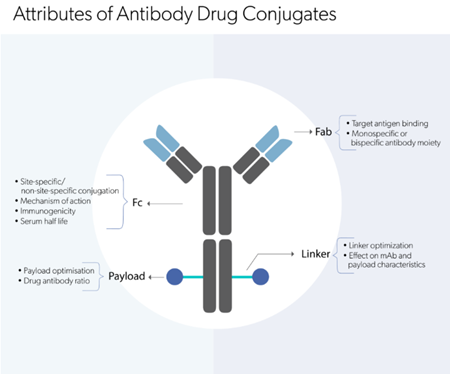
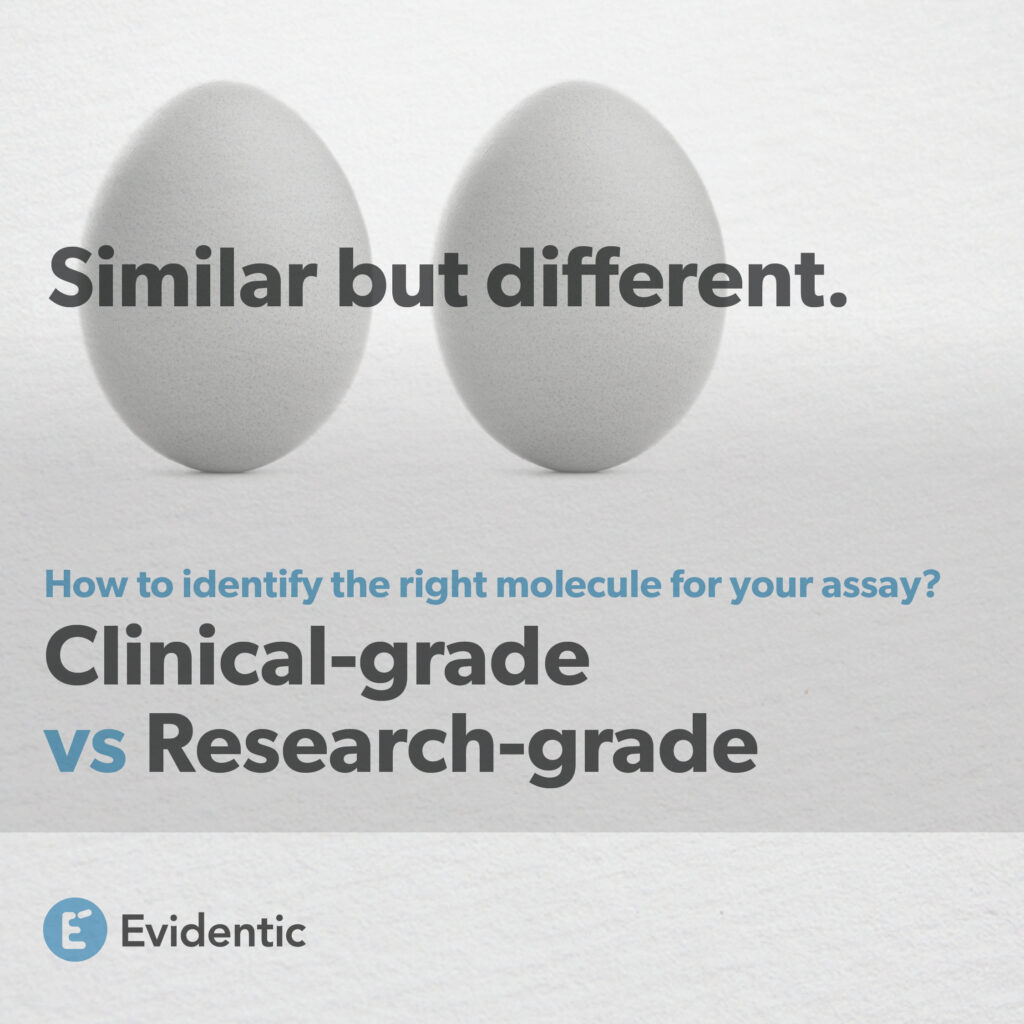
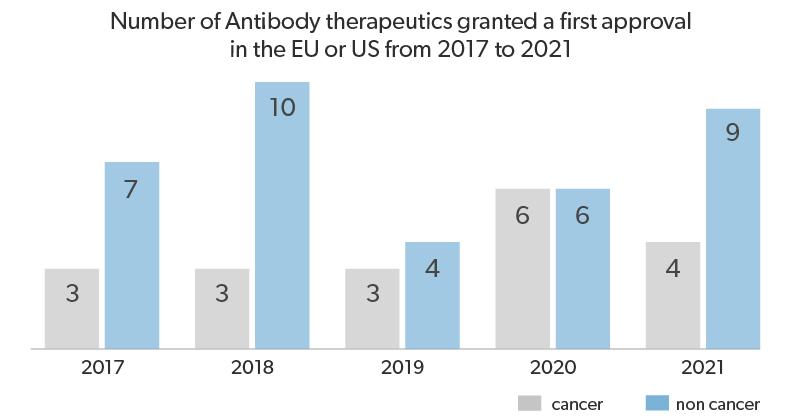
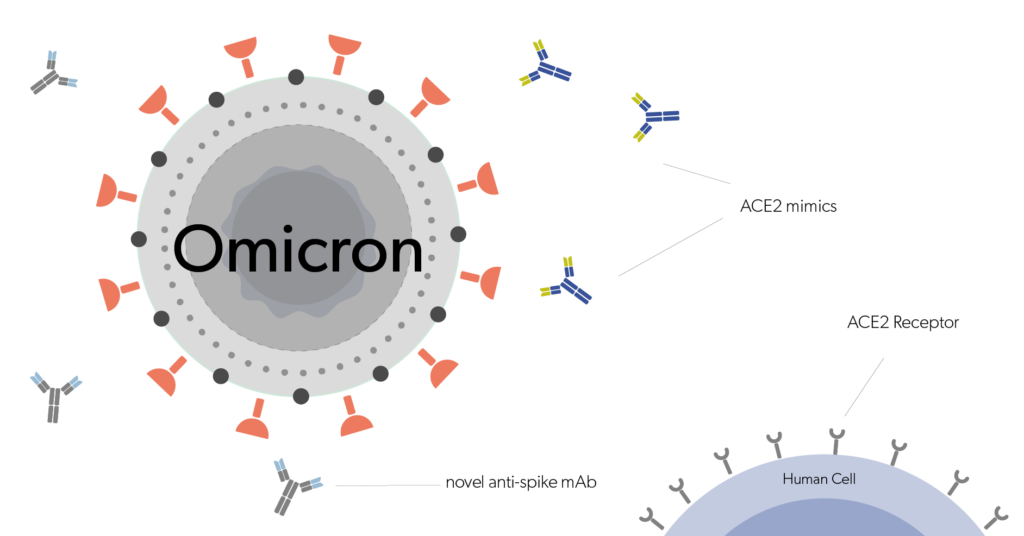
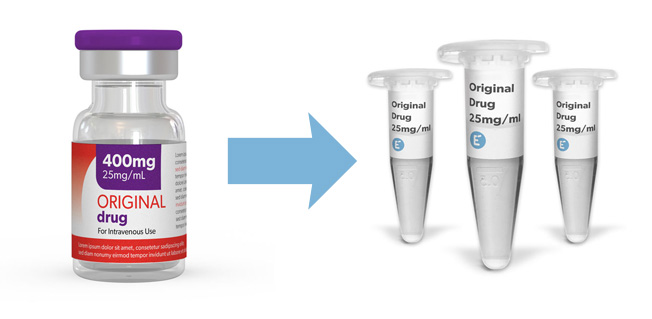
Evidentic GmbH
Martin-Buber-Str. 10
14163 Berlin